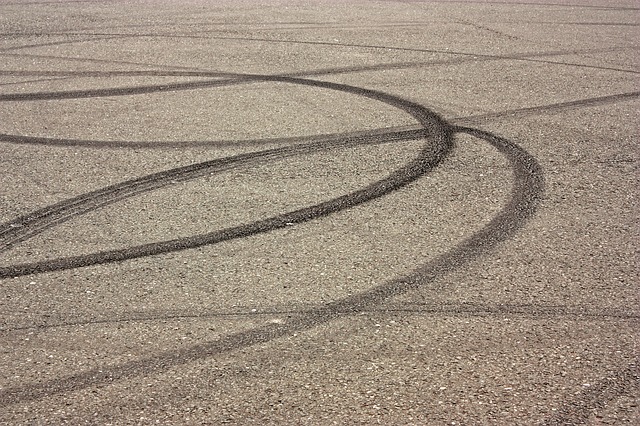The Most Significant Development Since The Safety Belt
Here is an extraordinary statistic: since the Volvo XC90 went on sale in the UK in 2002 it has sold over 50,000 vehicles, yet not a single person has been killed while driving it, or as a passenger.
It is, according to the independent laboratory Thatcham Research, the safest car it has ever tested.
The only other car with a similar record is the Audi Q7, but the model concerned was only on sale between 2015 and 2016.
One reason for the Volvo’s success is that it was an early leader in the use of camera and radar systems to warn drivers about hazards on the road.
These systems now automatically bring the car to a stop if it gets too close to another vehicle.
Apart from saving your life, Autonomous Emergency Braking (AEB) – as it is known – could also bring cheaper insurance premiums.
How AEB works
Using lasers, cameras or radar, the car will detect an impending collision, and give the driver a warning. If he or she doesn’t take action, the car will brake automatically.
Some AEB systems, such as Ford’s Active City Stop, only work at speeds of up to 30 mph. However others work at higher speeds, including on motorways.
Thatcham Research calls AEB the most significant development since the safety belt.
It says its use could save 1,100 lives in the UK over the next decade, and over 122,000 casualties.
Accident prevention
At the moment, most AEB systems are “forward-looking”. In other words they are designed to prevent crashes where one car runs into the back of another.
Such crashes account for around a quarter of all accidents, but these are the incidents which can cause some of the nastiest injuries, such as whiplash.
AEB has been shown to reduce such collisions by 38%, according to research by the safety organisation Euro NCAP.
Media captionTheo Leggett: ‘The car brought us to a controlled halt’
“AEB is definitely reducing crash frequency. No question about it,” says Matthew Avery, research director at Thatcham.
“And it’s got the potential to reduce many more crashes, as this technology gets better.”
Cheaper insurance
By cutting the number of accidents, it is possible that the cost of insuring a car with AEB could also come down.
“If you can reduce the amount of human error, you’ll reduce the number of incidents and the number of claims, which should hopefully lead to a reduction in premiums,” says Kevin Pratt, insurance expert with Moneysupermarket.com.
AEB and similar systems are expensive to replace when a car is involved in a crash – especially as some of the sensors tend to be located in the front bumper, or windscreen.
So insurers are faced with higher repair bills.
Nevertheless, we compared the cost of insuring a 2018 VW Golf, which has AEB fitted as standard, with a 2011 Golf, which does not. The premium for the 2018 Golf proved some 10% cheaper.
Complacency warning
As we move towards fully autonomous vehicles, we may not need to be so alert.
But for the foreseeable future most cars on the road will not carry AEB, so drivers will need to be fully aware of other vehicles, and the dangers they pose.
“This is technology that has the potential to reduce casualties and save lives, and so I fully support it,” says motoring journalist Maria McCarthy.
“However, it’s really important that motorists don’t become complacent and allow their attention to drift while driving, assuming the tech will just take over if there are any problems.”
Safety ‘should be standard’
A few manufacturers, such as Jaguar Land Rover, offer AEB as a standard fit on all their vehicles.
Others, such as Ford, Vauxhall and Kia, tend to offer it as an optional extra.
Overall, one in three cars on sale in the UK comes with AEB, and a further one in three has it as an option.
Matthew Avery advises consumers to buy a car with AEB as standard, since that offers the best safety.
He is also concerned that having to wait for a special order from the factory could encourage buyers to spend their money on other accessories instead.
“The dealership can maybe tempt a buyer into spending their money on a vehicle they’ve got in the dealership, which has got nice alloy wheels or a sunroof.
“We say, no, safety should be standard.”
Other safety systems
- Adaptive Cruise Control ACC: unlike standard cruise control, this uses radar or cameras to maintain a safe distance between you and the car in front
- Reverse AEB: if you are about to reverse into a moving car or a pedestrian, this warns you and brakes automatically if there is no response
- Blind Spot Indication System BLIS: helps if you are about to move into the path of an overtaking vehicle, hidden in a blind spot
- Cyclist or Pedestrian AEB: a more sensitive AEB that can detect cyclists, pedestrians and some animals
- Lane Keep Assist LKA: uses a front-facing camera to track lane markings, it automatically corrects your steering if you stray into another lane
- Autonomous Emergency Steering: currently under development, it automatically steers you away from another car that is on track to hit your vehicle
latest video
news via inbox
Nulla turp dis cursus. Integer liberos euismod pretium faucibua






